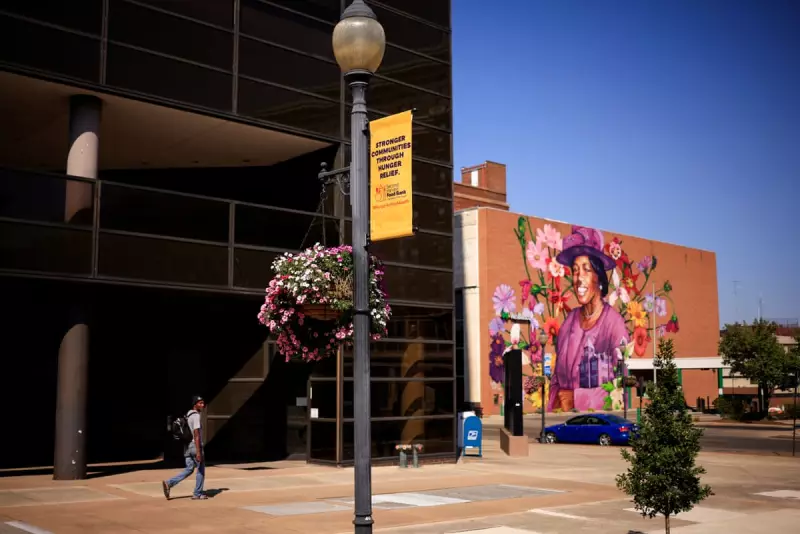
In the heart of America's Rust Belt, a quiet economic transformation is unfolding that defies conventional political narratives. Springfield, Ohio, a town once emblematic of industrial decline, is experiencing an unexpected revival driven by an unlikely force: Haitian immigrants.
The Haitian Boom in Middle America
Where empty storefronts and boarded-up windows once told a story of economic despair, Haitian-owned businesses are now thriving. Grocery stores stocking Caribbean specialties, vibrant barbershops, and family-run restaurants have become the new anchors of Springfield's commercial landscape.
Local officials and business leaders acknowledge what the data confirms: this immigrant community isn't just participating in the local economy—they're actively revitalising it. "They're taking risks on properties that have been vacant for years," notes one city planner, marvelling at the speed of this transformation.
Bridging Political Divides
What makes Springfield's story particularly compelling is how it challenges partisan assumptions about immigration. In a region that overwhelmingly supported Donald Trump's restrictive immigration policies, the practical benefits of this immigrant influx are creating cognitive dissonance.
"You can't argue with results," says a longtime Republican voter who now frequents Haitian-owned businesses. "They're working hard, creating jobs, and making our community better."
The Policy Paradox
Despite the clear economic benefits, Springfield's Haitian community exists in a precarious legal limbo. Many arrived through the humanitarian parole programme, facing an uncertain future as immigration policies remain contentious.
The situation creates a stark contrast between political rhetoric and economic reality. While national debates focus on border security, in Springfield, the conversation is increasingly about how to support the immigrants who are demonstrably strengthening the local economy.
A Blueprint for Rust Belt Revival?
Springfield's experience offers valuable insights for other struggling industrial towns:
- Entrepreneurial energy filling commercial vacancies
- Job creation in sectors hungry for workers
- Cultural enrichment strengthening community bonds
- Practical solutions overcoming political divisions
As one community leader observed, "The proof is in the prosperity." Empty shops now hum with activity, and local employers have found reliable workers in a community known for its strong work ethic.
The story of Springfield, Ohio, suggests that sometimes economic revival comes from unexpected places—and that the most effective economic policies might be those that welcome, rather than reject, new Americans seeking opportunity.





